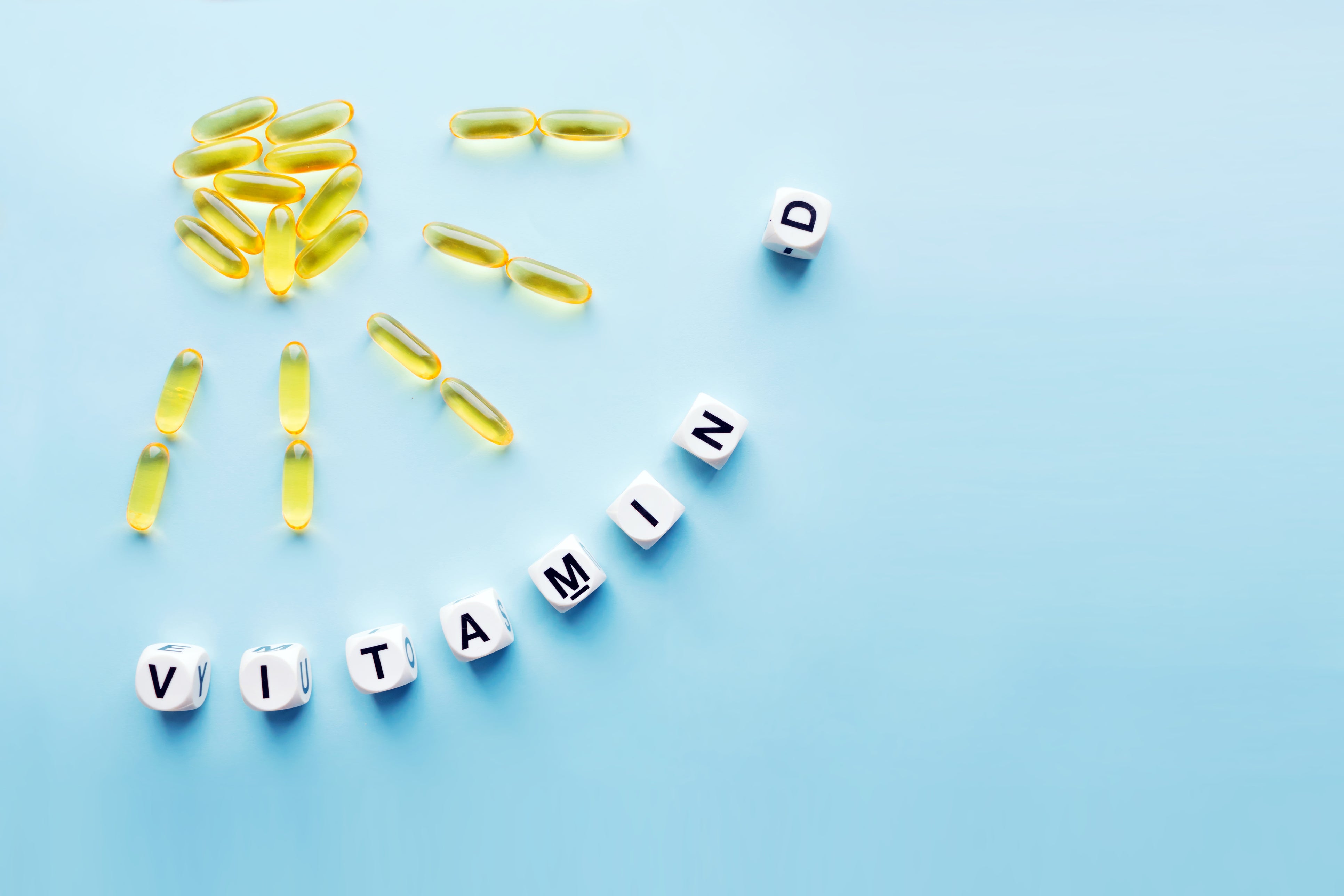Could vitamin D be the answer to your common cold problems?
Sophie E Harrison explains how a supplement could help fight off what some say are the worst winter sniffles ever

Your support helps us to tell the story
From reproductive rights to climate change to Big Tech, The Independent is on the ground when the story is developing. Whether it's investigating the financials of Elon Musk's pro-Trump PAC or producing our latest documentary, 'The A Word', which shines a light on the American women fighting for reproductive rights, we know how important it is to parse out the facts from the messaging.
At such a critical moment in US history, we need reporters on the ground. Your donation allows us to keep sending journalists to speak to both sides of the story.
The Independent is trusted by Americans across the entire political spectrum. And unlike many other quality news outlets, we choose not to lock Americans out of our reporting and analysis with paywalls. We believe quality journalism should be available to everyone, paid for by those who can afford it.
Your support makes all the difference.Just when we’ve all spent the past couple of years mask-wearing, social distancing and hand sanitising, the common cold is back. And – according to some people – back with a vengeance. Some are calling it a “super cold” – others “the worst cold ever”. Fortunately, there may be a way to reduce the duration of a cold: vitamin D supplements.
We may suffer more common colds during the winter because we spend more time close to each other indoors. But vitamin D levels might also influence the risk of getting a cold. There are more colds during winter when vitamin D levels are lowest, and fewer colds during summer when vitamin D levels are highest.
We get most of our vitamin D from the sun’s rays (80-100 per cent) and only a small amount from our diet. For people living at latitudes above 30 degrees, such as in the UK, there is a higher risk of having low levels (vitamin D insufficiency) in the winter. People who spend most of their time indoors or with their skin covered are also at a higher risk. More than half of the UK population is considered to have insufficient vitamin D levels in winter.
In the UK, the sun’s rays are too weak to provide enough vitamin D between October and March. So in that time, people’s levels are likely to fall.
Research shows that vitamin D influences the risk of catching common colds and other respiratory infections. People with lower levels are more likely to have a common cold, and people taking supplements of it are less likely to get a common cold.
As well as reducing the chance of getting a cold, our recent research shows that vitamin D supplementation reduces the severity and duration of common colds.
First, we found that vitamin D-sufficient military recruits were less likely to have a common cold than vitamin D-insufficient recruits during 12 weeks of basic military training. Then we examined the effect of vitamin D supplementation during winter on common colds. We supplemented recruits with either simulated sunlight (UV radiation by a whole-body irradiation cabinet) or oral vitamin D3 tablets (1,000 IU per day for four weeks to restore vitamin D to normal levels and then 400 IU per day for eight weeks to maintain healthy vitamin D levels). Both supplements similarly achieved vitamin D sufficiency in almost all recruits.
We found that vitamin D supplementation did not reduce the likelihood of getting a common cold, but it did reduce the number of days a participant had a common cold by 36 per cent. It also reduced the peak severity of common cold symptoms by 15 per cent.

How to get your vitamin D topped up
Our findings support the UK government’s recommendation to maintain vitamin D sufficiency all year round, and they show a potentially beneficial role of wintertime supplementation.
It is not possible to get enough sunlight in the UK between October and March, so it’s advisable to take a 10mcg vitamin D supplement daily during this period (this value is sometimes shown as 400 IU on the label). If you can’t get any sunlight at all, or you have not supplemented with vitamin D from October onwards, you may need to take 25mcg (1,000 IU) for four weeks to restore your vitamin D to a healthy level.
To ensure that you get enough during the summer, make sure you get short periods of regular sunlight exposure. Safe sunlight exposure for people living at latitudes between 30 and 60 degrees north involves being in the sun for 15 minutes between 10am and 3pm while wearing a T-shirt and shorts.
Sophie E Harrison is a research development and innovation officer at Bangor University. Neil Walsh is a professor and director of Extremes Research Group at Liverpool John Moores University. Sam Oliver is a reader in sport and exercise science at Bangor University. This article first appeared on The Conversation.



Join our commenting forum
Join thought-provoking conversations, follow other Independent readers and see their replies
Comments